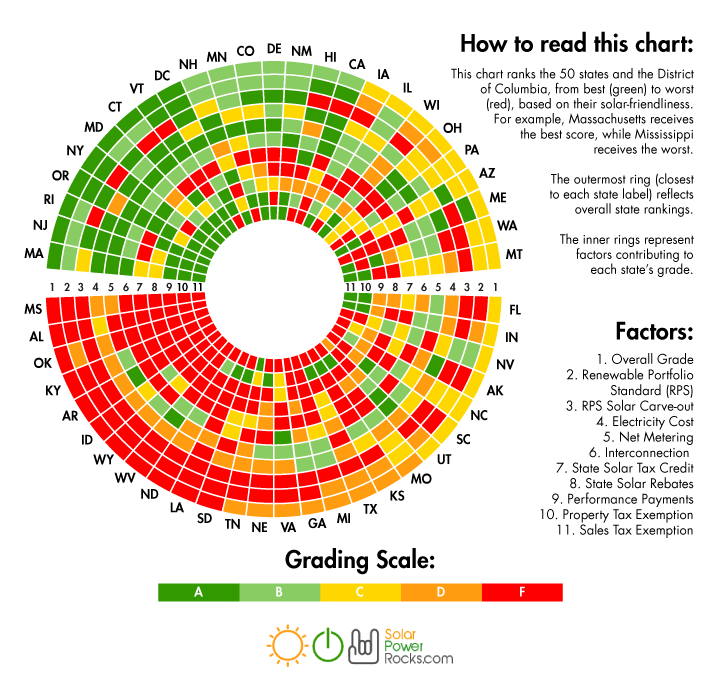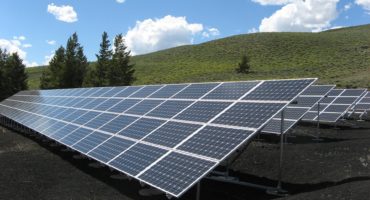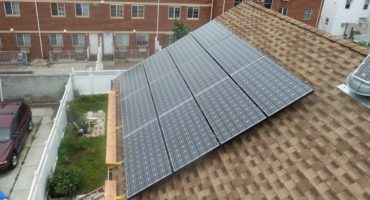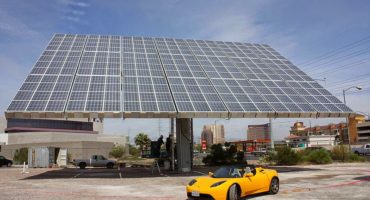
It’s Official! New York Still Among Best States for Home Solar
Solar Power Rocks Releases 2017 United States Solar Power Rankings
Solar Power Rocks has published its 2017 State Solar Power Rankings Report, which grades all 50 states and the District of Columbia on solar-friendliness. Each state is given a solar report card letter grade of A-through-F for 12 separate factors. The criteria is weighted by their importance and an overall A-through-F grade is tallied for each state.
Once again, and not surprising, the Empire State was awarded an overall grade of A. The annual report has New York ranked the fifth top state in the nation for residential solar installations. That is down from last year’s tied-for-first ranking, but that’s only because state legislature now requires utility companies produce a certain percentage of overall renewable energy from “new” sources, and not specifically from “solar.” Nevertheless, there’s still plenty to be happy about.
A combination of favorable solar legislation and exceptional tax incentives puts the state of New York in the top five with Massachusetts, New Jersey, Rhode Island, and Oregon. The yearly report notes that the top five states have, “all managed to ensure a future in which home solar power is a big part of the energy picture. These states are setting the standard for what it means to be solar-friendly.”
Setting the Solar Standard
New York got a Grade of “A” on the following Solar Report Card factors:
- Solar Power Tax Credits – NY has second best solar tax credits; 25% up to $5,000.
- Electricity Cost – NY is tied for seventh highest electricity prices, averaging $0.17-$0.21/kWh across Long Island, New York City, and Upstate New York, which is 50 percent or more above the national average of $0.13/kWh. This is an important factor because solar panels generate power, reducing electric bills for the homeowner. The higher the electric rates, the bigger the solar savings.
- Net Metering – NY solar homeowners get full-price credit for any unused energy their solar panels generate and contribute to the utility grid. This credit is then used to offset any charge for electricity they might need to purchase during the year. At the end of the annual billing cycle, or calendar anniversary, there is a net meter reconciliation for any excess electricity produced by the system. The utility company calculates the monetary value of any remaining credits, and pays the customer at a reduced wholesale rate.
- RPS Law – NY is tied for the third best RPS; legislature mandates that 50 percent of all energy generation come from renewable sources by 2030.
- Property Tax Exemption – When New Yorkers install solar panels on their homes, they’re completely exempt from additional property taxes even though going solar adds to the home value. For an average-sized solar energy system, that can mean an increase of nearly 20 times your annual electricity bill savings (if you own the system). For example, a 5kW system adds up to about $22,932 (20 times your annual electricity savings of $1,147).
- Sales Tax Exemption – New Yorkers who go solar do not pay any state sales tax for their solar power system. That’s a lot of upfront savings.
What Do These Rankings Mean?
Going solar in New York is a much more viable option for homeowners compared to residents of other states. The state’s solar industry is surging with Long Island leading the way. In September 2016, New York Governor Andrew M. Cuomo announced the state’s largest residential solar market, Long Island, increased solar by 320 percent since 2012.
“Clean energy is our future, and Long Island is leading the state in growing our clean tech economy and achieving our climate change goals,” Cuomo said. “The continued success of the solar market is fueled by the economic and environmental benefits of clean energy as we reduce emissions, help residents save on their energy bills, and drive local job growth across the state.”
The growth has been rapid because New York is committed to making residential solar installations more affordable. The Excelsior State also continues to dynamically move towards a more sustainable, self-sufficient solar industry.
About the Rankings
Solar Power Rocks examined 663 separate data points that comprises all aspects of solar policy and incentives across the nation. The in-depth analysis calculates example return-on-investment numbers for all 50 states and Washington D.C. using a standard 5-kilowatt solar installation as a benchmark. The financial numbers account for the unique opportunities in each state, based on costs, electricity prices, incentives, and available sunlight. The results are calculated for simple payback time, Internal Rate of Return and Net Present Value. Read the full report here.




